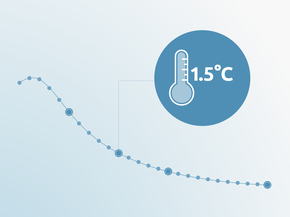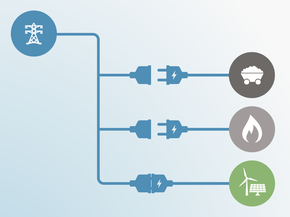Country summary
Overview
Despite its high economic capacity, Singapore has a very weak climate target, which is it is likely to over-achieve without implementing any additional policies, so it needs to substantially strengthen its target to reflect its high economic capacity. While it has considerably expanded its renewable energy capacity, Singapore’s main focus for climate mitigation is now on energy efficiency programmes. However, this will not compensate for the increasing energy demand from the industry and buildings sectors, which will result in rising emissions.
Singapore’s Nationally Determined Contribution (NDC) emissions target of a 36% reduction of emissions intensity below 2005 levels by 2030 is very weak compared to currently implemented policies, which, according to our analysis, will lead to emissions in 2030 of 60 MtCO2e, or a 123% increase above 1994 levels. Even without any additional policies, Singapore will overachieve its NDC target and reach a reduction of more than 40% in 2030. We rate Singapore’s NDC 2030 target “Highly insufficient..”
The most recent development in Singapore´s mitigation strategy is the Government’s plan to implement a carbon tax from 2019. A carbon tax, targeting upstream emissions, should encourage more renewable energy in place of fossil fuel energy by adding a price for the emitted carbon. The CAT has not quantified the potential mitigation impact of this carbon tax due to insufficient details on this policy.
Singapore’s implemented mitigation policies have focused on replacing oil in the electricity generation sector for less carbon intensive fossil fuels, resulting in natural gas representing over 96% of the energy mix in 2016. To diversify its energy mix, Singapore has significantly expanded its solar energy capacity in recent years, going from 3 MW of installed Solar-PV capacity in 2014 to over 46 MW in 2015 (Energy Market Authority, 2017). However, Singapore’s energy mix is likely to remain very uniform in the future, resulting in a prolonged dependence on fossil-fuels.
Outside the power generation sector, Singapore’s mitigation efforts almost exclusively consist of measures aimed at further improving energy-efficiency through programmes like Green Mark standards for buildings, public transport, fuel efficiency standards, home appliance efficiency standards, industrial energy efficiency, and waste management.
Further analysis
Latest publications
Stay informed
Subscribe to our newsletter






